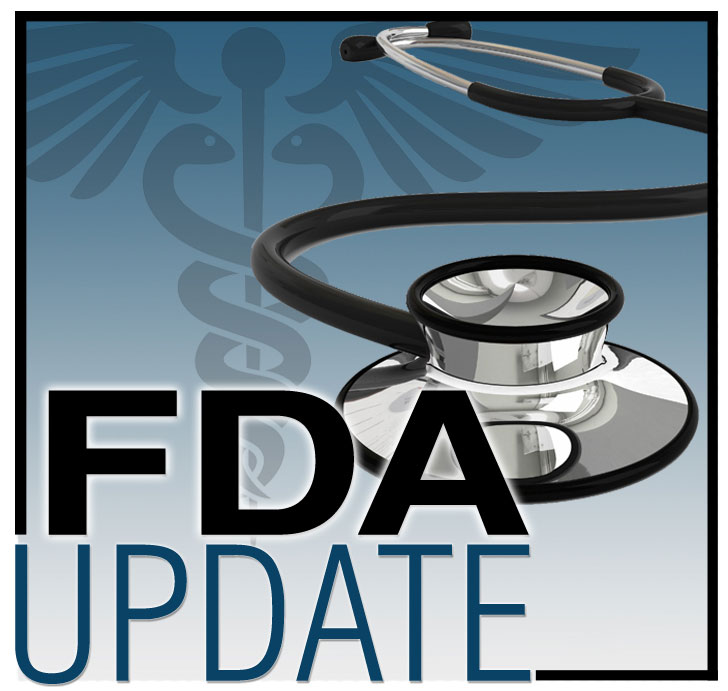On April 17, 2023, the U.S. Food and Drug Administration approved omidubicel-onlv (Omisirge®) for use in adult and pediatric patients aged 12 years and older with hematologic malignancies receiving umbilical cord blood transplantation following myeloablative conditioning to reduce the time to neutrophil recovery and the incidence of infection.

Safety and efficacy were evaluated in study P0501 (NCT02730299), an open-label, multicenter, randomized trial of omidubicel-onlv transplantation or unmanipulated cord blood (UCB) unit transplantation following myeloablative conditioning in patients with hematologic malignancies. In total, 125 patients were randomized, with 62 patients receiving omidubicel-onlv and 63 receiving UCB. Fifty-two patients in the omidubicel-onlv arm were transplanted and received a median CD34+ cell dose of 9.0 x 106 cells/kg (range = 2.1–47.6 x 106 cells/kg). Fifty-six patients in the UCB arm were transplanted with one or two cord units (66% received two cord units). In the 42 patients with reported post-thaw cell dose, the median CD34+ cell dose was 0.2 x 106 cells/kg (range = 0.0–0.8 x 106 cells/kg). Multiple conditioning regimens were used, including total body irradiation-based or chemotherapy-based options.
The main efficacy outcome measures were time to neutrophil recovery following transplantation and the incidence of Blood and Marrow Transplant Clinical Trials Network (BMT CTN) grade 2–3 bacterial or grade 3 fungal infections through post-transplantation day 100. The median time to neutrophil recovery was 12 days in the omidubicel-onlv arm (95% CI = 10–15 days) and 22 days in the UCB arm (95% CI = 19–25 days). Eighty-seven percent in the omidubicel-onlv arm and 83% percent in the UCB arm achieved neutrophil recovery. The incidence of BMT CTN grade 2–3 bacterial or grade 3 fungal infections through post-transplantation day 100 was 39% and 60%, respectively, in the two groups.
Similar to approved UCB products, the prescribing information contains a boxed warning for fatal or life-threatening infusion reactions, graft-versus-host disease (GVHD), engraftment syndrome, and graft failure. Among 117 patients who received omidubicel-onlv for any disease, infusion reactions occurred in 47%, acute GVHD in 58%, chronic GVHD in 35%, and graft failure in 3%.
In patients with hematologic malignancies in study P0501, the most common grade 3–5 adverse reactions were pain (33%), mucosal inflammation (31%), hypertension (25%), and gastrointestinal toxicity (19%).
View the full prescribing information for omidubicel-onlv.
The recommended omidubicel-onlv dose is two sequential infusions:
- First, a cultured fraction of a minimum of 8.0 × 108 total viable cells with a minimum of 8.7% CD34+ cells and a minimum of 9.2 × 107 total CD34+ cells
- Then, a noncultured fraction of a minimum of 4.0 × 108 total viable cells with a minimum of 2.4 × 107 CD3+ cells
The application was granted priority review, breakthrough designation, and orphan drug designation. FDA expedited programs are described in the Guidance for Industry: Expedited Programs for Serious Conditions—Drugs and Biologics.
Healthcare professionals should report all serious adverse events suspected to be associated with the use of any medicine and device to FDA’s MedWatch Reporting System or by calling 800-FDA-1088.
For assistance with single-patient investigational new drug applications, contact OCE’s Project Facilitate at 240-402-0004 or email OncProjectFacilitate@fda.hhs.gov.





